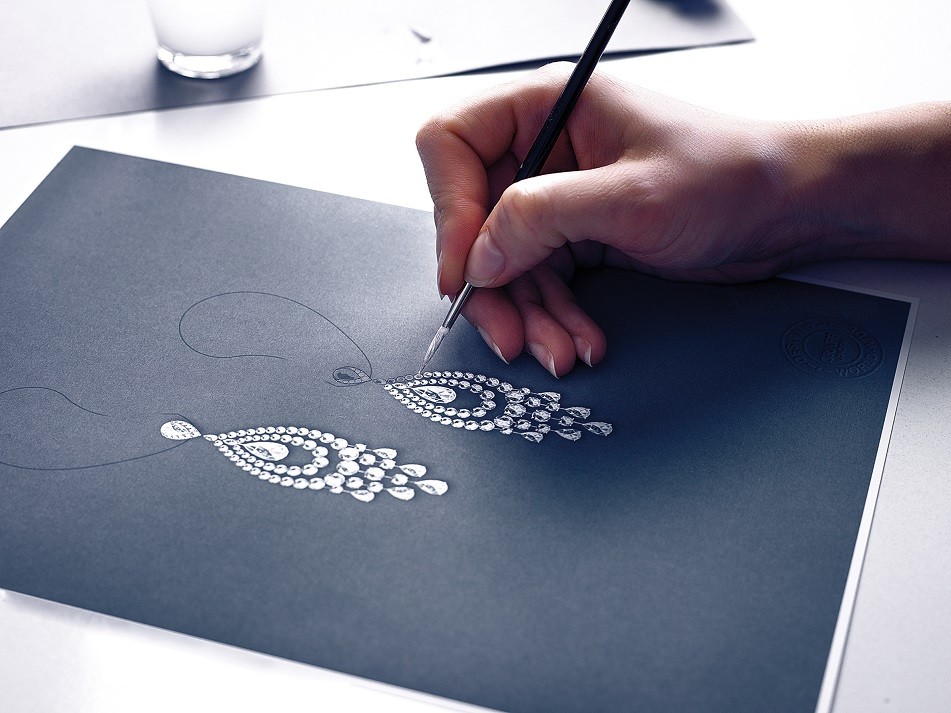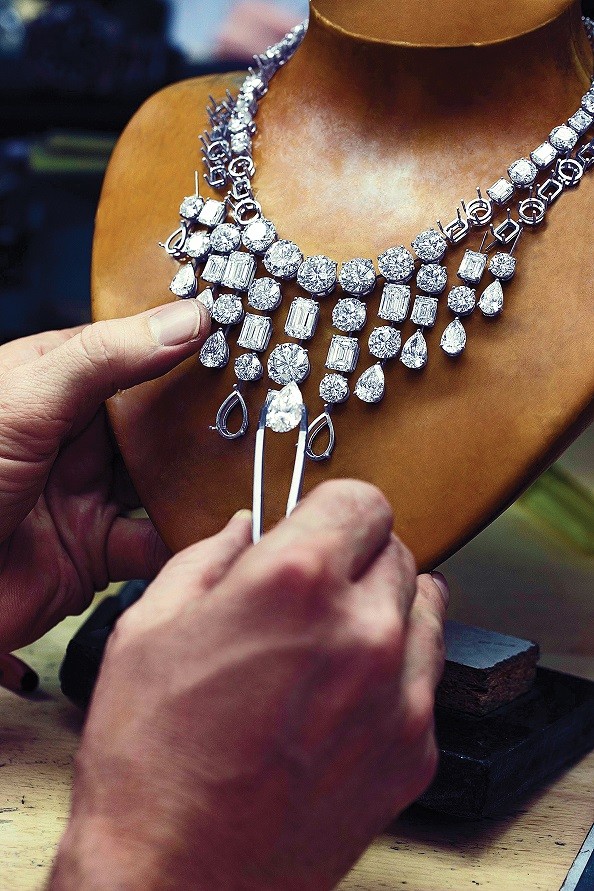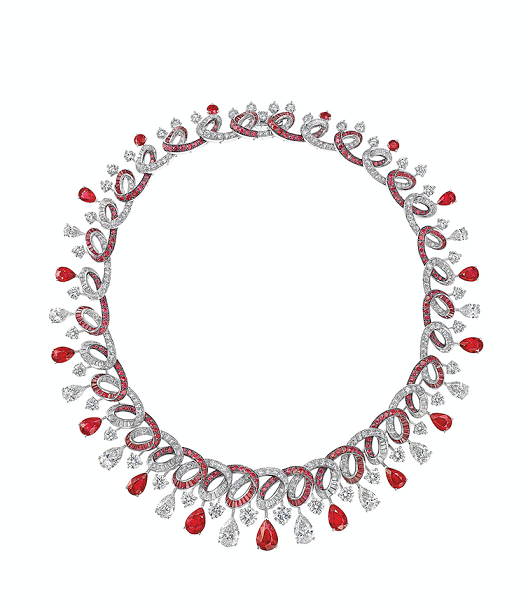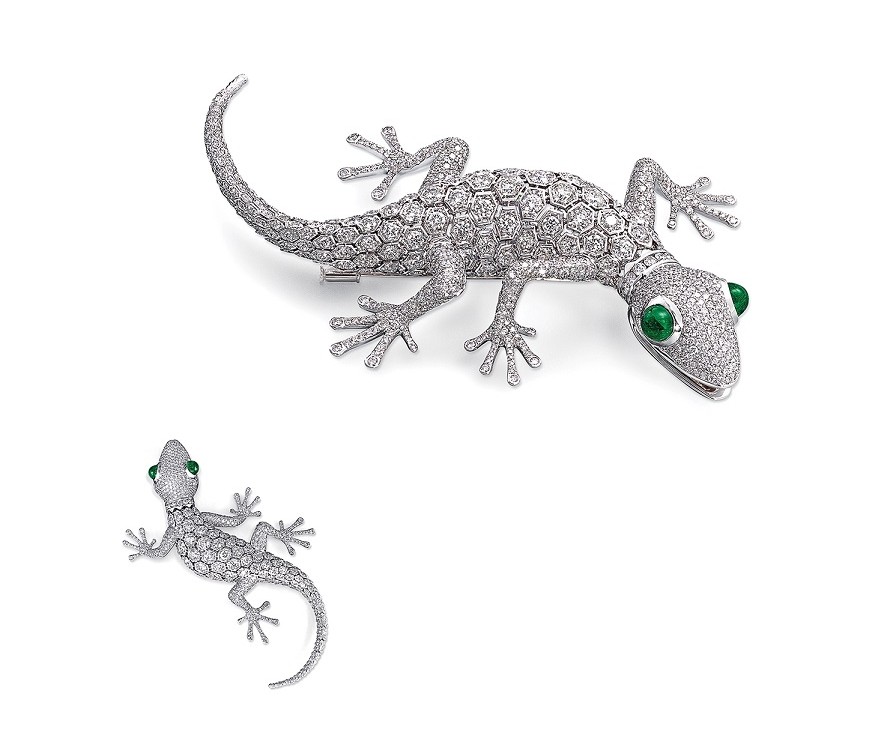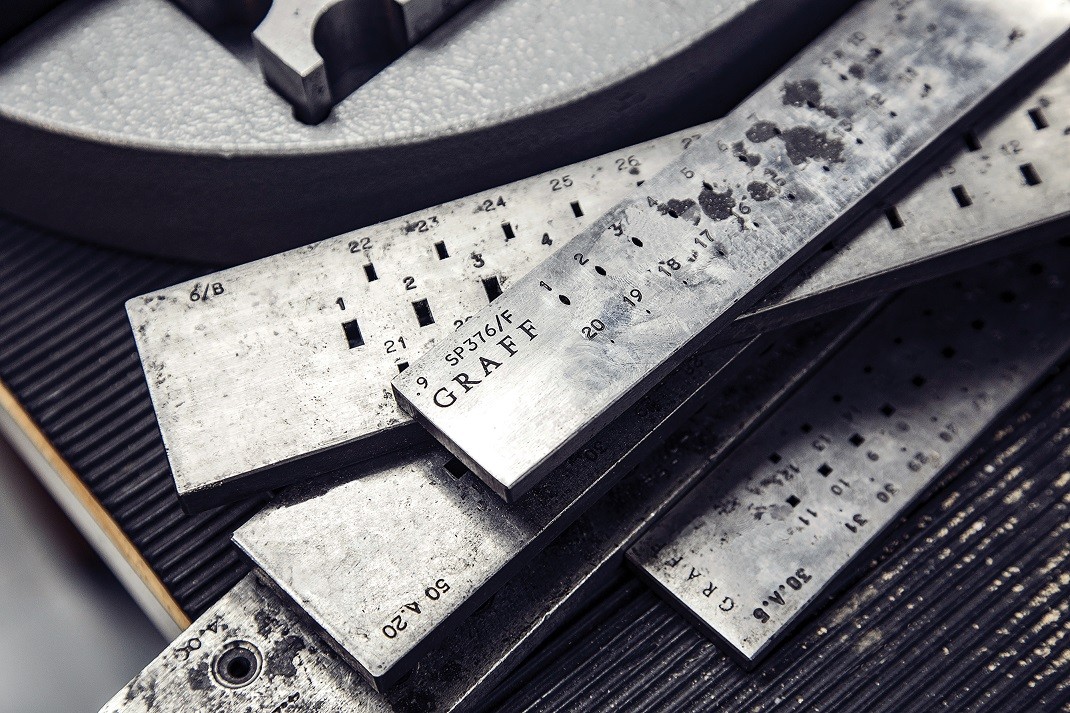In a given year, the Graff atelier will produce jewelry for an astonishing 60 stores worldwide. Some items fetch millions, others tens of millions. Notable pieces include the famed Peacock Brooch, valued at $100 million and listed among the most expensive items of jewelry in the world. And while these jewels adorn the most notable individuals in recent history, behind this remarkable output lies an atelier of unparalleled passion, artistry and family.
Hailed as the King of Diamonds, Laurence Graff is one of the world’s most important diamantaires. He began his career while still a teenager as a jeweler’s apprentice in Hatton Garden, and then moved into designing, making and selling his own pieces, which quickly became coveted. By the age of 24, he had opened two London boutiques of his own. Today, he helms the Graff empire with his brother Raymond, his son Francois, who works as CEO, and his nephew Elliot, who directs merchandising.
Passion and perfectionism drive Laurence Graff and his business in equal measure, but he is also part provocateur. Not only was he a forerunner in bringing contemporary haute jewelry design to the market, he is also known to be so unwavering in his determination for flawlessness that he will sacrifice size, cutting already incomparable stones down in the name of perfection.

